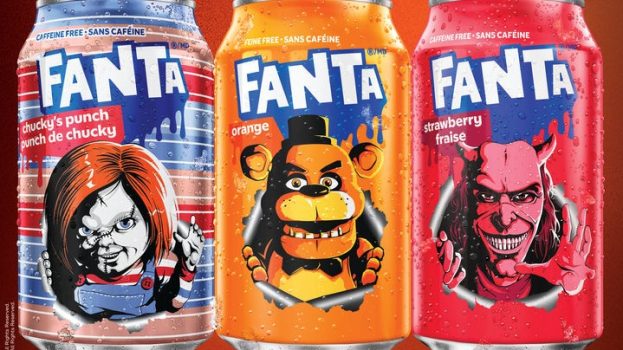While subscription services are nothing new, the model has been rejuvinated in the digital age, and CPG companies should take note, says Max Valiquette, managing director of intellectual property and content development, Bensimon Byrne.
Two distinct online-subscription models have emerged. The first, such as Amazon’s Diaper Club or Dollar Shave Club, send out regularly used products (such as diapers and razors) at a discounted rate, saving consumers from having to pop into the store. The second is the paid curated subscription model, which creates boxes of goods based on profiles and niche wants (such as peanut-free products or luxury beauty items), and is becoming more prevalent in the U.S. and starting to creep up north, and that offers an immense opportunity for brands to tap into the market before the landscape becomes competitive, Valiquette says.
Today’s curated subscription model is unlike the Christmas baskets of yesteryear, which would send out bulk packages regardless of a consumer’s needs and wants. New models send out both full- and sample-sized products for consumers to try out for a monthly fee, leveraging online data, past purchase history and scientific algorithms to best predict what products a subscriber wants.
While Canada does have a handful of digitally-managed, curated-based subscription services, mostly centred around luxury beauty products, Valiquette says brands, such U.S.-based Mantry (man-focused pantry goods) and Foodzie (artisanal food baskets), are creating a solid business case for curated boxes of goods.
“The businesses like Foodzie are interesting,” he says. “They’re able to send me brands in a particular category where they know I have interest [because of a pre-filled online profile and past shopping patterns] in a much more targeted way than they can at the retail level. All of a sudden my shopping experience has changed.”
This would be a great opportunity for a CPG company to expand its sampling program out of the store, while also getting instant feedback on its products, he says.
However, Rob Linden, director, SampleSource – a free-to-consumers sampling program used by Canadian CPG companies – says the overall pay-for-subscription model is flawed. He says that making people pay for sampling creates a level of expectation from the consumer. This is because as soon as people shell out money for products, they want a certain level of consistency, such as an ever-changing product offering in the boxes, or hyper-targeted items, something that might be difficult to maintain.
Canada, he says, might not have the population size required to make this a scalable business. To encourage people to pay monthly for a curated box, a company needs to offer a wide range of products in a niche market, and in order to get this range of products, companies have to demonstrate a clear value for brands to partner on. But if only a small handful of people are participating – and more importantly, aren’t buying the product after trying it out in the curated box – brands aren’t likely going to want to participate. And with Canada’s limited population size, the niche markets may be too niche.
He does, however, point to Montreal’s Glymm as an example of a successful model that could change the way products are sampled, and later purchased.
The one-year-old Glymm, which specializes in bringing in luxury brands often unavailable in Canada, costs approximately $10 per month. The differentiating factor for Glymm – over other luxury product sampling models – is that it allows subscribers to purchase the full-sized product through its website after receiving it in the mail. People are also asked to rate and review the product in exchange for bonus points, which can later be put towards purchases.
This is a model that offers a path to purchase, and offers a solid benefit to brands that sign on.
Further, Valiquette and Linden both say that since this is a model that could only be done in the online world, it offers an interesting look into what digital could do for retail beyond simply replicating the in-store experience online.
“What I love about [subscription services] is they are very interesting points of difference,” Valiquette says. “Scour the globe for the most interesting newest thing that you know I’m going to like based on a profile I already have with you [and] deliver it right to me! [This] can’t possibly happen offline.”
























